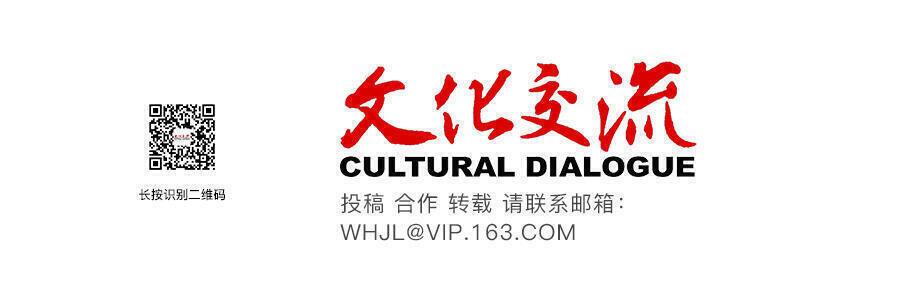On June 22, 2014, UNESCO designated a 5,000-km stretch of the Silk Road network from Central China to the Zhetsyu Region of Central Asia as a new World Heritage Site called Silk Roads: the Routes Network of Chang'an-Tianshan Corridor. The corridor spans China, Kazakhstan and Kyrgyzstan and includes 33 new sites and several previously designated heritage sites.
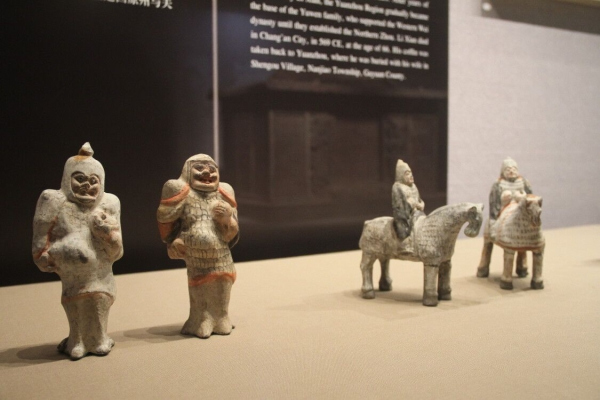
On September 22, 2014, the National Cultural Heritage Administration held a meeting in Xi’an for the purpose of protecting and administering the Chinese part of the newly inscribed World Heritage Sites of the Silk Roads. Zhao Feng, curator of the China National Silk Museum (CNSM) based in Hangzhou, attended the meeting. During the meeting, Tong Mingkang, deputy director of National Cultural Heritage Administration, talked with Zhao Feng about the importance of establishing the fact that silk originated in China. What led to the talk was a situation at the UNESCO congress in Doha. Some representatives spoke at the congress that silk production in their respective countries was earlier than in China. The speeches at the UNESCO were not academic exchanges and the claims were made without providing substantial textual and archaeological support. And there was no way to debate. So there was an initiative proposed at the meeting in September in Xi’an to establish the fact that silk originated in China. Participating provinces unanimously agreed to hold an exhibition in 2015.
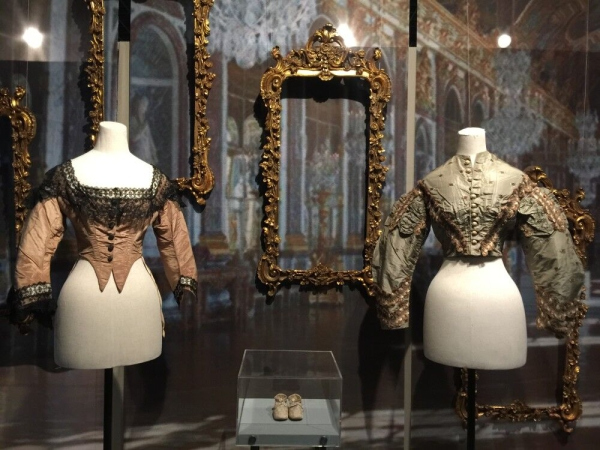
The CNSM held the exhibition titled Silks from the Silk Road: Origin, Transmission and Exchange from September 15 to October 15, 2015. On view were over 140 exhibits from the 26 museums and archaeological institutions across the country.
“Silks from the Silk Road” is a theoretical framework first put forward by Zhao Feng in 2009. Archaeological finds and studies confirm that silk originated in China and it spread from China to the other parts of the world. The overland Silk Road was a major route for the transmission of silk from China to the west in ancient times. The transmission happened and cultural exchanges between the east and the west bloomed. So at the 2015 exhibition, the concept was fully corroborated and substantiated. At the exhibition, the exhibits traced the origin of silk to regions along the Yellow River and the Yangtze River over 5,000 years ago. Sericulture took shape in China. Over 2,000 years ago, China had already had a fully developed sericulture industry. Zhang Qian explored the Western Regions of the Han Dynasty (206BC-220AD) twice, opening up trade routes from China to Central Asia and Europe. The Central Asian sections of the Silk Road routes were expanded in 114 BC largely through the missions and explorations of Zhang Qian. This event impacted the silk production in China hugely. In the Han Dynasty, military outposts were set up by the central government along the major silk routes that went westward. As silk was carried on to the other parts of the world, sericulture began to take form in Xinjiang and regions in Central Asia. In the 3rd and 4th centuries, these regions began to produce their own silk products. Over time, some of their products came back to China during the Tang Dynasty (618-907).
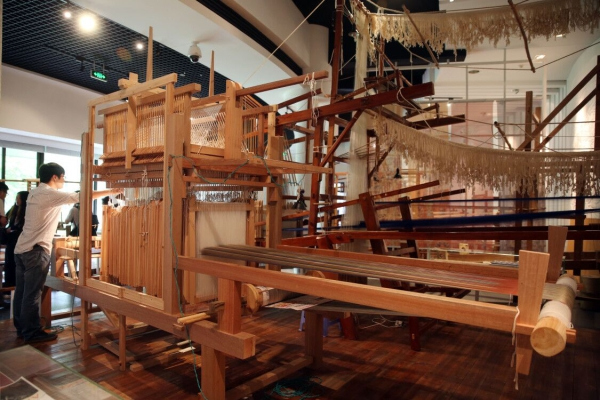
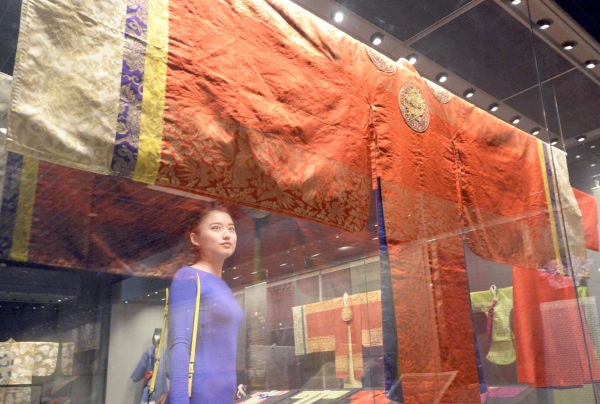
Silks from the Silk Road was the first major exhibition featuring Silk Road at the CNSM.Since then, the CNSM has been holding a major exhibition on Silk Road every year and will continue to do so in the future.
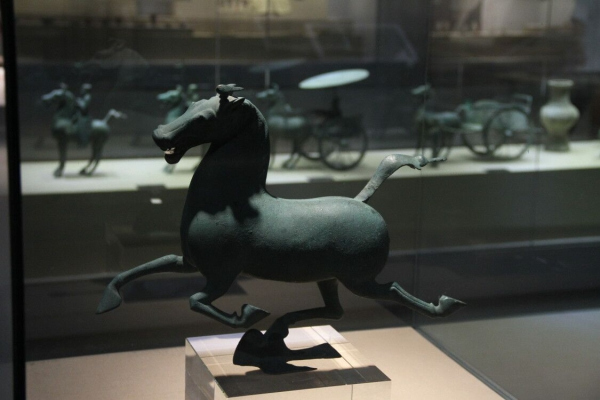
Since 2015, China National Silk Museum has held a series of exhibitions featuring the Silk Roads in different spotlights. From September 5 to December 5, 2016, World of Embroidery was held at the CNSM featuring ancient embroidered silk exhibits from all over the world. From June 22 to October 8, 2017, New Knowledge on Ancient Roads featuring the achievements in science and technology used to preserve culture and heritage of Silk Road was held at the CNSM. From May 30 to September 15, 2018, Magic Looms was held at the CNSM featuring textile looms and parts of looms used in ancient times across the world. Held at the CNSM from June 21 to September 8, 2019, Life on the Silk Road endeavored to feature little stories during the great age of the silk trade routes. The show provided different perspectives on exhibits unearthed from 13 tombs, reflecting thirteen stories from people who once lived along the Silk Road. Nothing more is known about these individuals. Silk was the something we know they all shared. The Silk Roads: Before and After Richthofen is scheduled to run from June 19 to August 23, 2020 at China National Silk Museum
